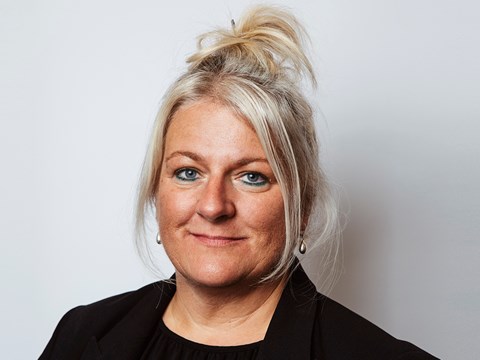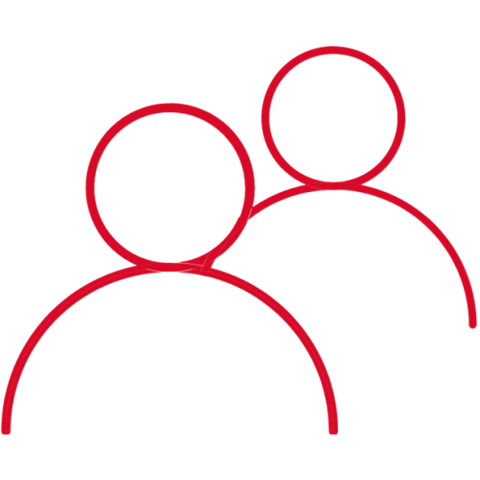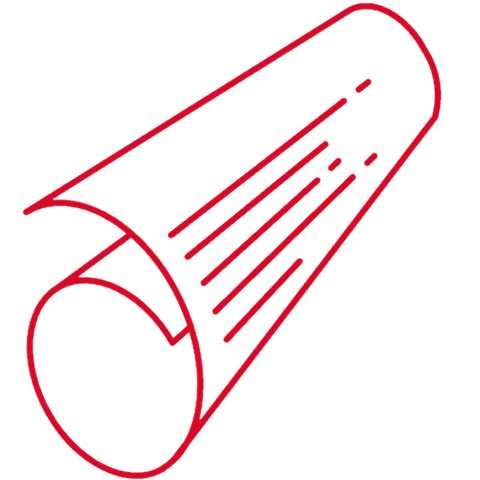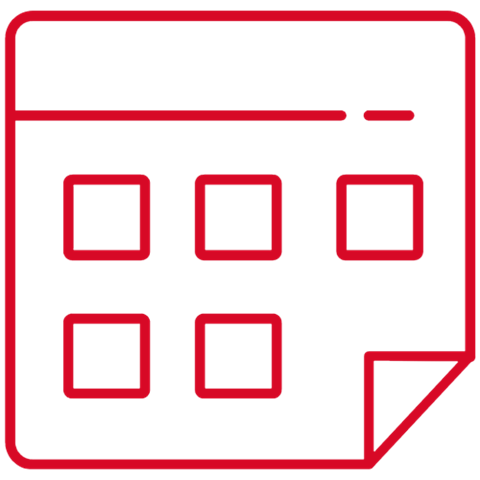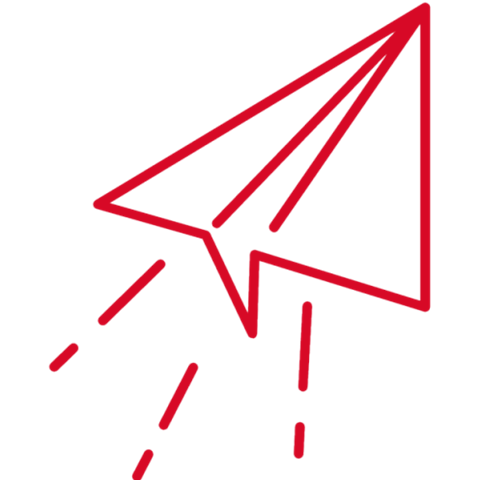Why is Multi-Agency collaboration so damned hard?
08 Oct 2025
Collaboration is one of those words in marketing that sounds straightforward, but in practice it’s messy, political and often disappointing. Everyone nods when it’s mentioned. Everyone agrees it’s important. And yet for example when developing an integrated campaign, you can often hear the clatter of different parts still playing at their own tempo - soaring solos for sure - but that elusive full symphony just out of reach.
And the reason it matters more than ever? Because the world outside our glass-walled offices is moving faster than ever. The speed of culture is accelerating. A meme, a moment, a micro-trend can catch fire globally in hours. If your agency roster collectively takes days to respond, you’re not just late - you’ve missed the party entirely. And if they do respond quickly, but with no consideration for the width and breadth of all channels and touchpoints you could play with - then frustration bubbles and missed opportunities is the overarching vibe.
So the challenge isn’t just “getting agencies to collaborate.” It’s engineering an operating model that can deliver at the speed of culture, with harmony, shared accountability, and creative firepower. And that means being brutally honest about why collaboration so often fails, what you can realistically expect agencies to do, and - crucially - the role the client must play.
Why collaboration fails (despite desire and intent)
It’s tempting to blame failed collaboration on people and clashing personalities. But that oversimplifies it - and risks insulting both clients and agencies. Likewise, collaboration doesn’t fail because people don’t like each other. It fails because the contracts and incentives are designed for solos, not ensembles. The deeper issues are structural.
- Incentive misalignment
Agencies are still contracted and rewarded on channel-specific outcomes, not collective performance.
- Competing priorities
Each discipline defaults to its own rhythm: creative wants incubation, performance needs instant iteration, CRM runs on quarterly calendars, and then of course there’s media, PR, Partnerships and Influencer activity to consider.
- Decision latency
Too many stakeholders with unclear rights. Every delayed call slows the entire orchestra.
- Data and KPI silos
Different tagging, measurement windows, and KPIs mean agencies are literally optimising to different scores.
Which brings us to the client. Collaboration is not something you can outsource wholesale. You are the conductor of the orchestra - leading and managing the process - whether you’re comfortable with the baton or not. You can’t delegate this role. Or outsource it. Or expect it to happen without the right level of active involvement. Does that mean as the client you have to be in every single session, meeting, conversation - absolutely not. But your voice and ambition must always be present - instructing, informing and inspiring.
The roles a client can play
In my experience this varies so much - and continuing the orchestra metaphor I hope is useful here - because every client ends up adopting one of these roles - knowingly or not.
- The Absentee Conductor. Too busy to show up, leaving agencies to conduct themselves. Outcome: solos, no symphony.
- The Overbearing Maestro. Micromanages every bar. Outcome: no one dares improvise; the work plays small.
- The Guest Listener. Turns up only for the big show. Outcome: lots of surprises, mostly unpleasant.
- The Best Conductor. Sets tempo, gives cues, ensures harmony, allows flourishes but holds it all together. Outcome: an orchestra that thinks one bar ahead - but plays at the speed of culture.
It’s tongue in cheek, but it’s also the unavoidable truth. You can’t expect agencies to integrate themselves without a conductor actively involved setting the direction, tempo, expectations, criteria and trust.
The conductor’s operating cycle
Think of collaboration when considering multi-agency outputs and outcomes not as a value or a slogan, but as a four-stage operating cycle. Each stage has clear plays, clear outputs, and clear roles for both agencies and clients. I've called them Align, Ignite, Flow and Learn.
Stage 1: Align
This is where tempo is set and the piece is chosen. Skip it, and every player defaults to their own tune. One of the biggest traps at this stage is defaulting to “we’ll sort collaboration during the brief.”
What the client must do
- Appoint a named lead with authority to make calls within set timelines e.g., 72 hours.
- Align incentives: pooled bonuses tied to shared KPIs, not siloed channel metrics.
- Fund a collaboration budget (2–5% of campaign spend) and allocate for specific collaborative tasks, workshops and meetings, prototype sprints amongst the multi-agency team.
- Write a 1-page brief before the project starts - and, in the case of an integrated brief - before ideation begins: business objective, single KPI, key hypotheses, must-deliver, guardrails.
What great agencies will do when they’re on fire
- Push for a single commercial KPI/ objective that all can focus on.
- Bring subject-expert leadership into the room early.
- Manage their own internal collaboration processes well.
- Build relationships directly with other partners.
- Map assumptions and surface competing hypotheses.
What not to expect from agencies
- Fixing your internal governance dysfunction.
- Absorbing the cost of orchestration.
- Getting it right first time - this is full-on iteration and learning mode.
- Presenting any ideas before the integration brief and decision matrix is agreed.
Stage 2: Ignite
This is joint discovery - the moment to co-create, prototype, and expose choices early. One of the biggest traps at this stage is defaulting to “we’ll rely on goodwill.”
The client’s role
- Clear the runway: give access to data, dashboards and decision-makers.
- Protect sprint time - no scope or stakeholder creep.
- Make timely decisions: “bake 72-hour yes/ no” into cultural currency.
- Explore different ways of working to enable faster feedback loops e.g., the overnight test.
Plays that help the agencies connect
- Idea sprints: 72-hour, cross-agency co-labs with paired teams (e.g., creative + performance + data).
- Mini briefs: one-page remits for each prototype or hypothesis, with clear success criteria.
- Swap Shops: agencies swap briefs and solve each other’s problems in 24 hours - empathy levels will definitely rise quickly.
Stage 3: Flow
This is where the work meets the market. Momentum and tempo matter most here. One of the biggest traps at this stage is defaulting to “we’ll just rely on the CMO to arbitrate.”
What the client must do
- Monitor flow with a collaborative scorecard that everyone can see.
- Strip bureaucracy: be a change agent internally with authority to act in real time.
- Be iterative and provide feedback fast - and not a huge log of comments.
- Be crystal clear on the do’s and dont’s.
- Acknowledge progress and the right behaviours.
- Call out poor behaviours swiftly to the individual/ agency.
What great agencies will do
- Iterate fast and transparently.
- Share learnings weekly.
- Push integrated hypotheses into live tests.
- Connect with other agency colleagues and build trust.
An example - Collaboration scorecard (weekly/ fortnightly)
- Decision speed: avg time to major decision (target <72 hours).
- Test velocity: number of meaningful ideas/ experiments per week/ fortnight.
- Shared KPI attainment: % progress against shared metric.
- Cross-agency NPS: survey of partner collaboration (0–10).
- Commercial impact: % of optimisations that improved ROI.
Stage 4: Learn
The campaign plays out, but the real value is what gets captured and reused. One of the biggest traps at this stage is defaulting to “we don’t have time to pause and reflect.”
What the client must do
- Acknowledge successes as one team/ one collaborative cohort - WE (not us or client and agency).
- Run a collaboration (project/ campaign) wash-up or retro meeting focused on outcomes and learnings.
- Run bi-annual or quarterly cross-agency showcases - 15 minutes per partner, what worked and why.
What great agencies will do
- Produce prioritised learnings that collectively offer suggestions, and ‘next time’ ideas.
- Document experiments in ways others can build on whether they will be involved (or not).
- Shine a spotlight on collective successes, not defer to defensive single agency behaviours.
Final thoughts
Clients often treat collaboration as a soft skill - something about empathy, tone, or more meetings. It isn’t. Collaboration is a system design problem. If you treat collaboration as “something nice to do,” when managing multiple agencies or something they should sort out - you’ll end up with competing presentations, delayed decisions and no shared outcome. And collective disappointment, frustration and admiration for what the competition is doing.
But if you treat it as an engineered capability - with budgets, incentives, roles, data plumbing and a conductor at the podium - you get work that not only keeps pace with culture, but sometimes, if you’re brave enough to commit fully, can lead it. And when that happens, - well that's a performance we can all applaud.
About The Author
